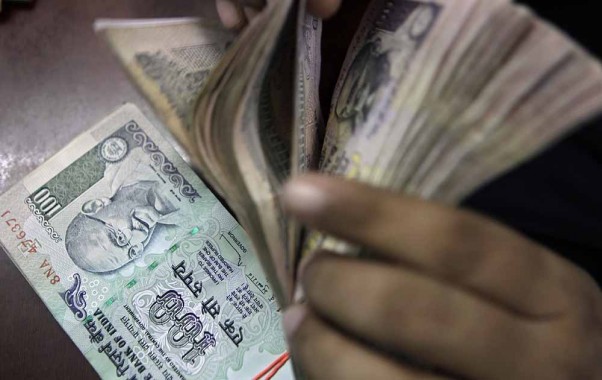Indians are set to receive $100bn in remittances this year, according to a World Bank report - the first time a single country has reached that number. The increase was led by wage rises and strong labour markets in the US and other developed countries.
In total, the amount of money sent back home by migrants around the world has grown by 5% in 2022. The money is a crucial source of household income in low and middle-income countries, the World Bank says.
Remittances are associated with improved health and social indicators, for example increased birth weight and higher school enrolment figures. Other top recipient countries for remittances include Mexico, China, Egypt and the Philippines.
In recent years, many Indians have moved to well-paid jobs in high-income countries, such as the US, UK and Singapore - enabling them to send more money home. The payments account for around 3% of India's gross domestic product (GDP) - a measure of the size of a country's economy.
While India and Nepal have experienced an increase in remittances, other countries in South Asia have seen a decline of more than 10% in the last year, due to the end of government incentives introduced during the pandemic. Overall, remittances to low and middle-income countries have grown by 5% in 2022 to around $626bn (£510bn) - around half the rate of growth seen in 2021.
Next year is expected to be more challenging because of rising prices and slower economic growth around the world.












